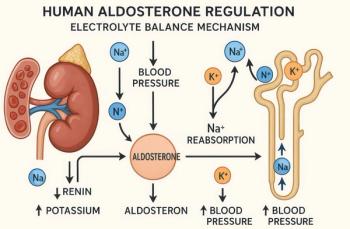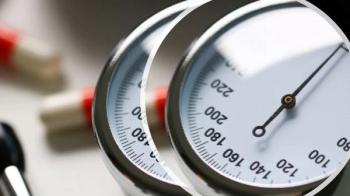
Paroxysmal Atrial Fibrillation: How to Safely Restore Sinus Rhythm?
Cardioversion for paroxysmal atrial fibrillation must include pre- and post-procedure anticoagulation to avoid thromboembolic risk.
A 52-year-old man you have followed for several years presents to your clinic complaining of palpitations of 2 weeks’ duration. ECG findings reveal that he is in atrial fibrillation (AF) (ventricular rate, 124 beats/min). He does not take any medications and you prescribe an oral beta-blocker for his symptoms. At a follow-up visit 4 weeks later, he is still in AF (ventricular rate, 82 beats/min). The patient reports ongoing poor exercise tolerance and dyspnea on exertion. You determine that a rhythm strategy is appropriate and refer him for electrocardioversion.
How can the cardioversion be safely accomplished in this patient?
A. The patient can proceed directly to cardioversion without anticoagulation, since his CHADS2
and CHADS2-VASC scores = 0.
B. The patient can proceed directly to cardioversion without anticoagulation, since his CHADS2 and CHADS2-VASC scores = 0; after the procedure he should begin and continue warfarin for 4 weeks
C. Cardioversion can be done (without transesophageal echocardiogram) after 4 weeks of warfarin therapy with documented INRs in the therapeutic range (2-3); warfarin should be continued for 4 weeks afterwards
D. None of the above
Please make a selection, then
Answer: C. Cardioversion can be done (without transesophageal echocardiogram) after 4 weeks of warfarin therapy with documented INRs in the therapeutic range (2-3); warfarin should be continued for 4 weeks afterwards
Since this patient presented with more than 48 hours of palpitations (presumably AF), he is at risk for developing a thrombus in the left atrium, specifically in the left atrial appendage. Patients undergoing cardioversion of AF with a duration of 48 hours or longer (vs AF of shorter duration) are at high risk (1% to 5%) for thromboembolism in the first month after the procedure in the absence of anticoagulation.
Studies show that the use of 1 month of therapeutic anticoagulation both before and after cardioversion can reduce the risk of thromboembolism to less than 1%.
The risk of thromboembolism is thought to be a result of the abnormal atrial contraction that occurs during AF and atrial “stunning” or transient atrial contractile dysfunction that persists after cardioversion. This atrial dysfunction is usually self-limited. Therefore, decisions about long-term anticoagulation and thromboembolic risk can be estimated at the 1-month mark using traditional risk scores (
Newsletter
Enhance your clinical practice with the Patient Care newsletter, offering the latest evidence-based guidelines, diagnostic insights, and treatment strategies for primary care physicians.



















































































































































































































































































